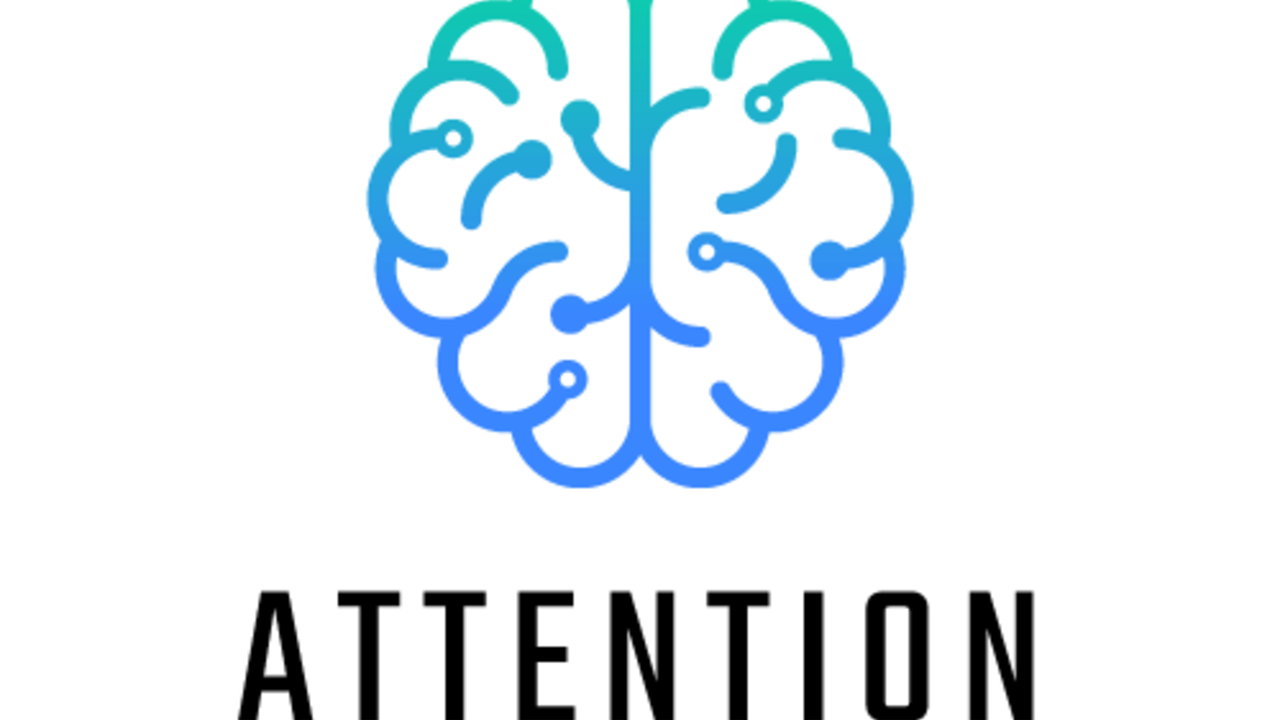How do you navigate your bias?

This question likely has many of you uncomfortable, because of course we don't have any biases or at the very least we neutralize them when working with clients.
A recent conversation around intention and attention brought to light the errors in my beliefs.
For most of my professional career (and personal life) I had focused on having positive intention to ensure interactions were likely to be received with open arms. And many times that occurred and strengthened my approach with intention.
But here's what I didn't see.....
By having an intention, I had an agenda and was connected to the outcome.
But my intention was positive, so what's the big deal??? We can answer that by understanding how attention is different. Attention is simply being present, being open and not attached to any particular outcome.
Every time a client came into my office I had an agenda. To help someone, to fix some impairment and make a difference in a client's health and well being. Sound familiar? Our education, our license our identity as a Doctor of Physical Therapy all create a focus on the ego of having the answer. And for over a decade I dedicated myself to knowing and becoming a therapist that had the skill to help any client find answers.
That path unexpectedly opened my eyes to the brilliance of presence and stillness. And not knowing.
The act of pausing or not knowing are so painfully uncomfortable that we find ourselves 'doing' with positive intentions.
That simply isn't enough.
Attention and presence allow us to receive information and wisdom that wouldn't otherwise be available. Let me be clear, attention is much more than dedicated listening. It is holding space for all possibilities.
Why attention rather than intention matters?
Simple:
Intention is serving you.
Attention is serving others.
As therapy providers we are dedicated to serving others yet our environments and external influences many times dictate that our actions be intentional. It's easy to say that time is the culprit, whereas we have to create the flow of the interaction, yet if our sincerest commitment is the health of the client, then we cannot use time as the fall guy.
Clinical practice guidelines and evidence based practice emphasize a system of gathering data via objective testing to determine a mechanical diagnosis and thus, the best treatment strategies. On the surface both of these situations appear focused on the client.
But can you see the agenda? The bias?
And more importantly how they both suffocate your ability to be present and build a true connection and serve the client and only the client?
As a clinician who many times treats clients who have seen numerous other medical professionals (and talented ones), it has given me the opportunity to explore the differences in what drives health for the client.
- Is it technical application of skill?
- Is it having a depth of skill?
- Is it having breadth of skill?
- Is it having more time with clients?
- Is it the client?
- Is it something else?
My non-peer reviewed answer for the difference maker for clients finding health.... the therapist being present and letting go of expectations and ego.
Beyond my own experiences I also see this within those clinicians that I respect in how they show up and serve others. I find myself humbled when observing their full set of skills. And when I ask myself what is it that makes them different, it is their attention and presence.
For the next few days observe your ability to enter an interaction completely open and simply curious. Oh, and not having answers.
Another experiment is to observe your comfort level with not giving a client expectations post treatment. Ask them to simply be curious and aware. You will be surprised how the next step in treatment will become clear when both you and your client are focused on attention.
As always, think differently. Live differently.
I'm in, are you?


